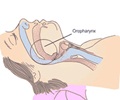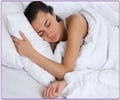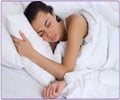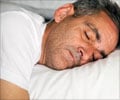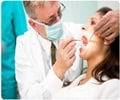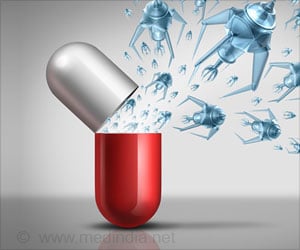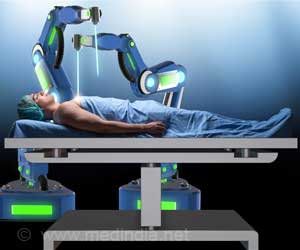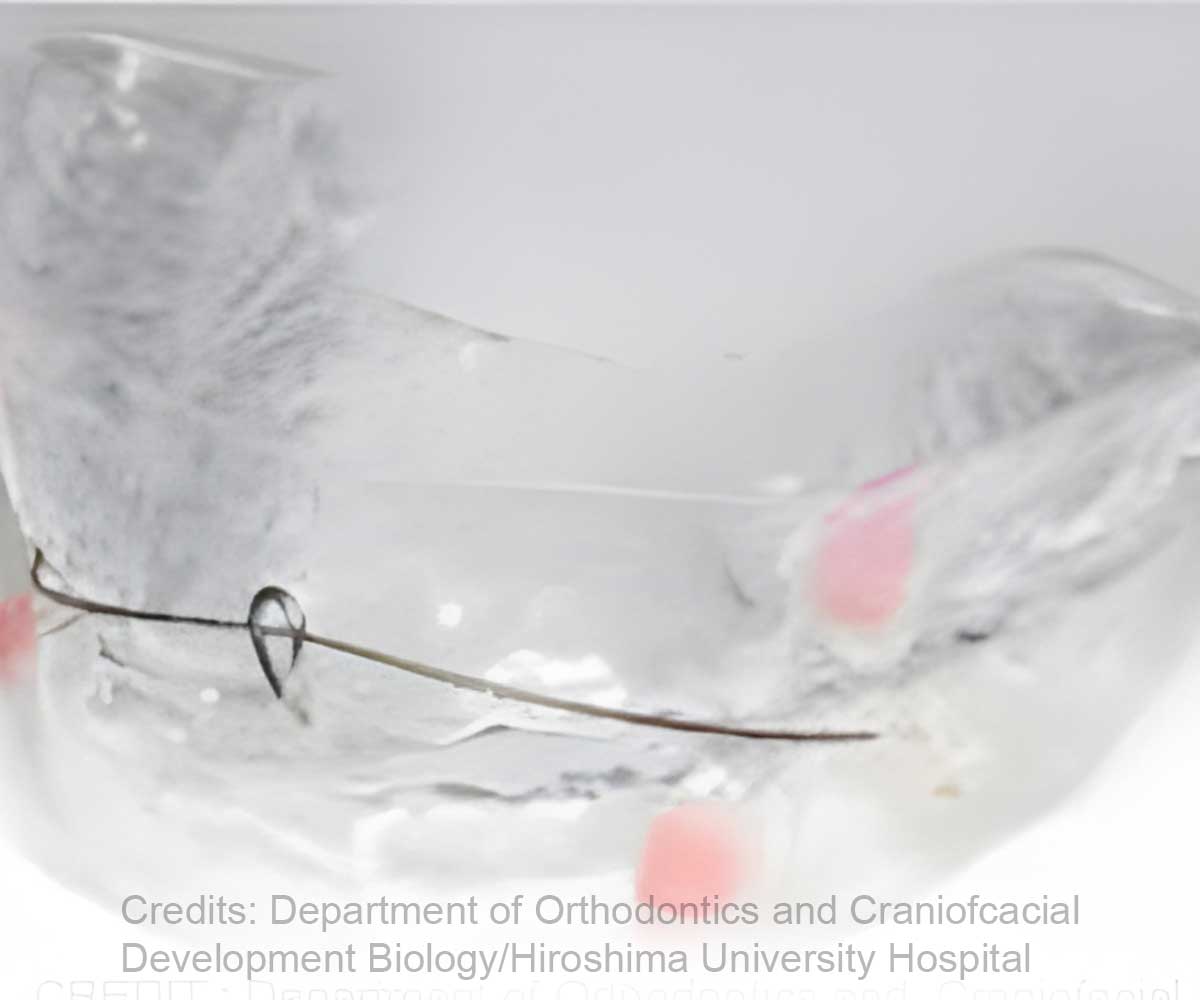
‘Newly designed oral appliance brings the jawbone forward to enlarge the air passageways at the back of their mouth can help sufferers of sleep apnea sleep better.’
Read More..Tweet it Now
Obstructive sleep apnea is a condition that causes throat muscles to relax and narrows the airways of those affected while they are asleep. Snorting, choking or gasping while sleeping are the indicators of the condition. Usually, the sufferers' partner notices before they do!Read More..
People with mild to moderate sleep apnea experience daily fatigue and a shortened attention span from lack of sleep. Sleep apnea can also have more serious consequences; people have died from very severe forms of the condition.
"Your eyes are closed, but you're not resting," explains Dr. Cynthia Concepción-Medina, Research Assistant at the Department of Orthodontics at Hiroshima University Hospital who contributed to the study with her colleagues Associate Professor Hiroshi Ueda and Dr. Yu Matsumura.
Treatments include a continuous positive airway pressure (CPAP) machine (a mask worn by the patient that delivers air pressure throughout the night) or one-piece oral appliances.
The Department of Orthodontics at Hiroshima University Hospital developed an oral appliance to help patients with mild to moderate sleep apnea. This appliance brings the jawbone forward to enlarge the air passageways at the back of their mouth. Each appliance is custom made for each patient and allows jaw movement, so it doesn't affect patient's teeth or change the shape of their face.
Advertisement
To further investigate how well the appliance works the research team, led by Dr. Matsumura, scanned a group of patients with mild-to-moderate sleep apnea using Multislice Computed Tomography (MSCT)-- a type of X-ray where the machine rotates around an object, and it takes a picture each time it rotates. This data is then combined to see a 3D object and is a fast and precise method of scanning.
Advertisement
"I think it's unique research because we are dentists, but we can contribute to improve the [patient's] sleep situation or breathing situation," says Dr. Ueda.
This study indicates promising effects of this treatment and the team hopes that they can continue this collaboration between the dental and the medical field.
Source-Eurekalert

